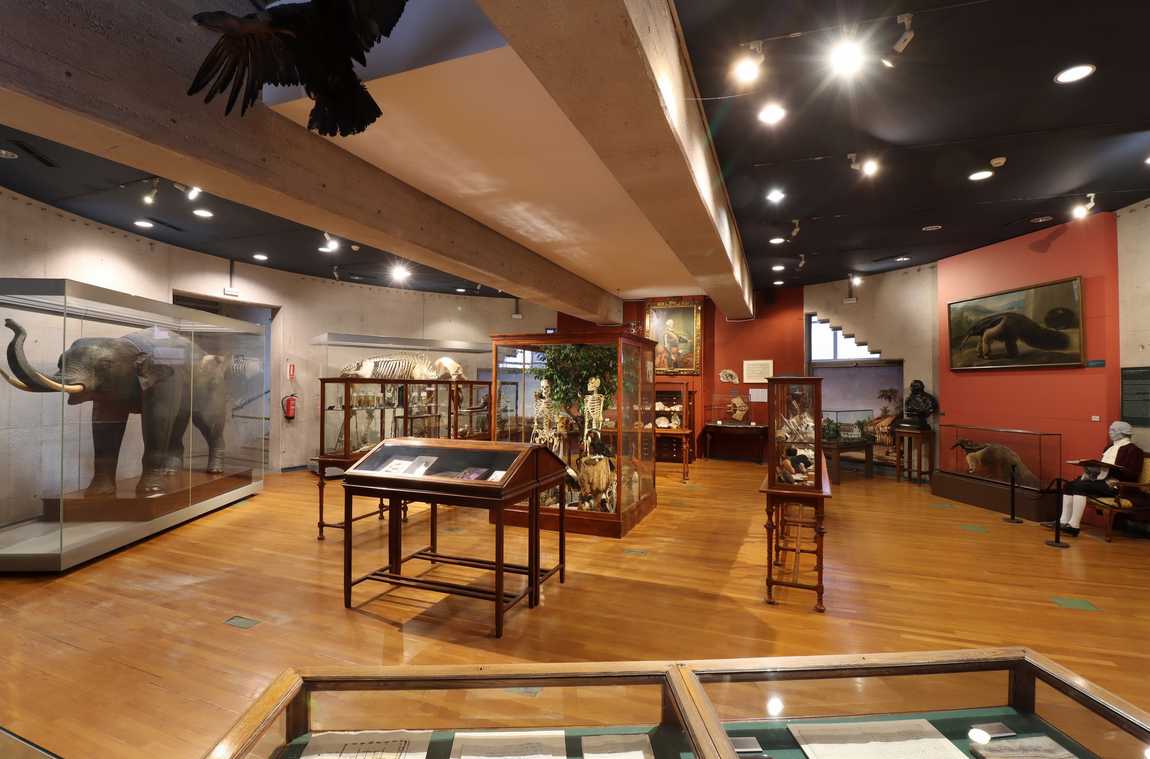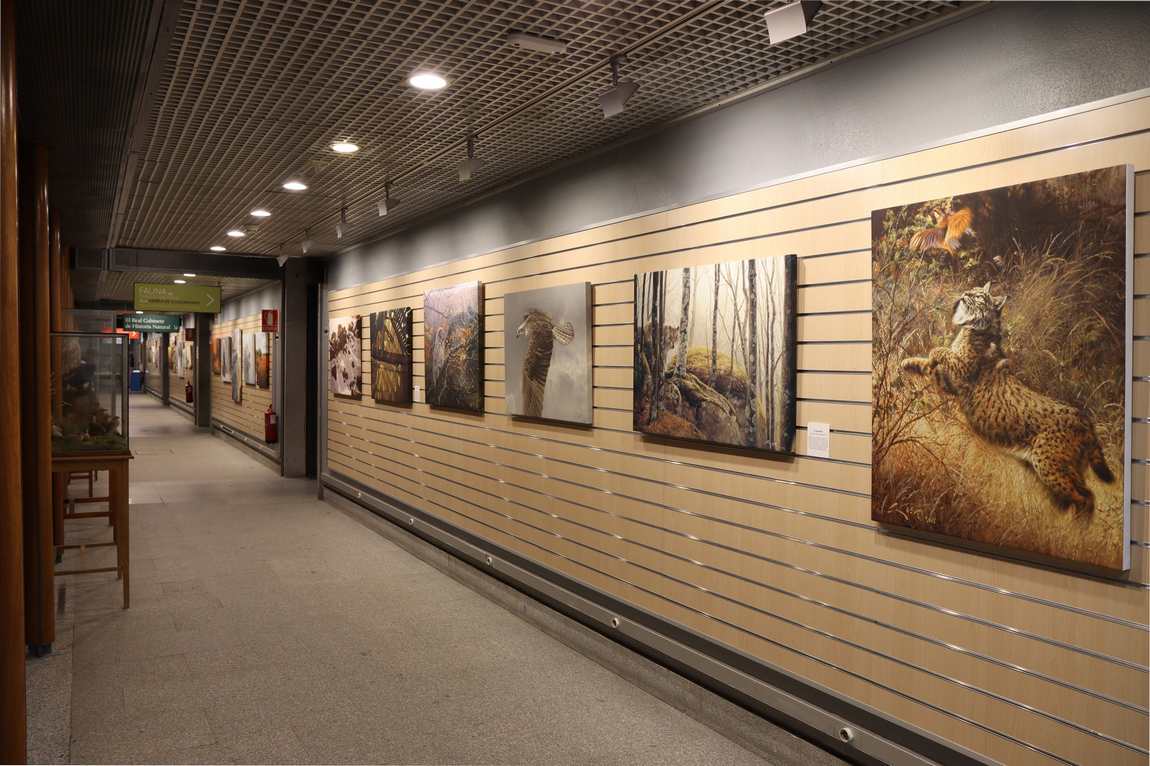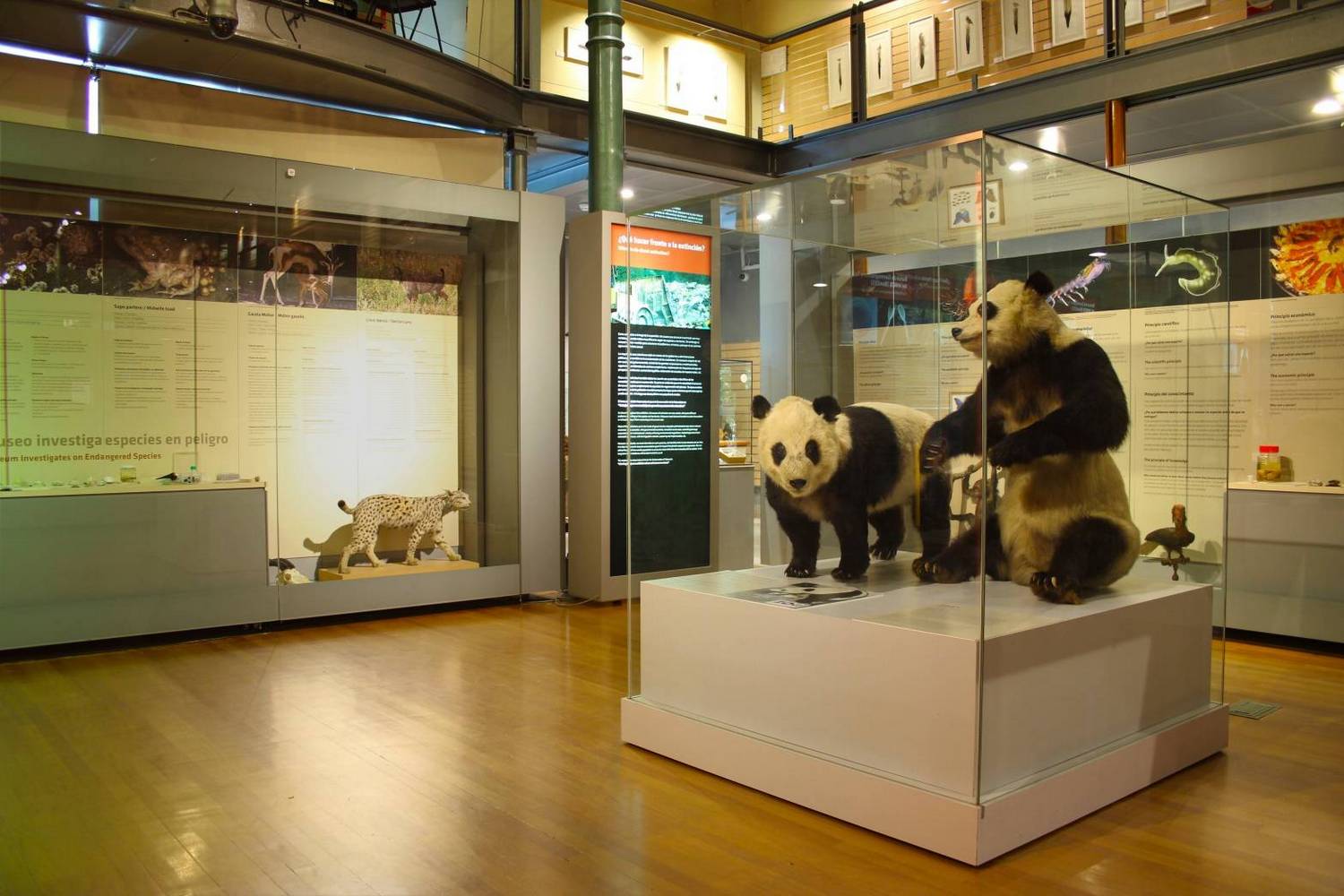“Today is a lucky day in 1771, and the naturalist Pedro Franco Davila begins his work as director of the Royal Cabinet of Natural History ...” This is how a tour of the National Museum of Natural Sciences in Madrid (MNCN) might begin. The rich collection of the Royal Cabinet also became the basis for the creation of the National Archaeological Museum and the Museum of America, and some exhibits migrated to the Prado Museum and the Botanical Garden of Madrid. But to see a stuffed elephant made back in the 18th century or lizards and turtles climbing the walls, you need to go to MNCN.

The museum occupies five floors, but only part of the space is devoted to a permanent exhibition. The beginning of the exhibition is a replica of that very Royal Cabinet. Here you can see Pedro Franco Davila's massive collection, which formed the basis of the museum. Butterflies, beetles, shells, stuffed menacing predators and exotic birds, rare books on natural history...
Other floors of the National Natural History Museum house modern collections: stones and minerals, skeletons of prehistoric animals and human ancestors, plants, insects, fish and animals. Although some of the skeletons are replicas, these are copies of known finds. For example, you can see the Diplodocus 'Dippy', whose original skeleton is in the Pittsburgh Museum of Natural History.

Note that there are many ancient parks among the attractions in Madrid, but the oldest is at Spain's National Museum of Natural History. This is the 'Garden of Stones', an exhibition of fossilised petrified tree trunks. The garden also has genuine stones and blocks of unusual shapes. An artificially created piece of Mediterranean forest is also a pleasant and educational walk near the museum.
The Museo Nacional de Ciencias Naturales periodically organises themed workshops for children and families. Check out their schedule on the website. The museum makes good use of multimedia technology to present information interestingly. You can also download a "Time Machine" app to your mobile phone, guiding you through the museum halls. The app has a game mode that helps children consolidate their new knowledge.











